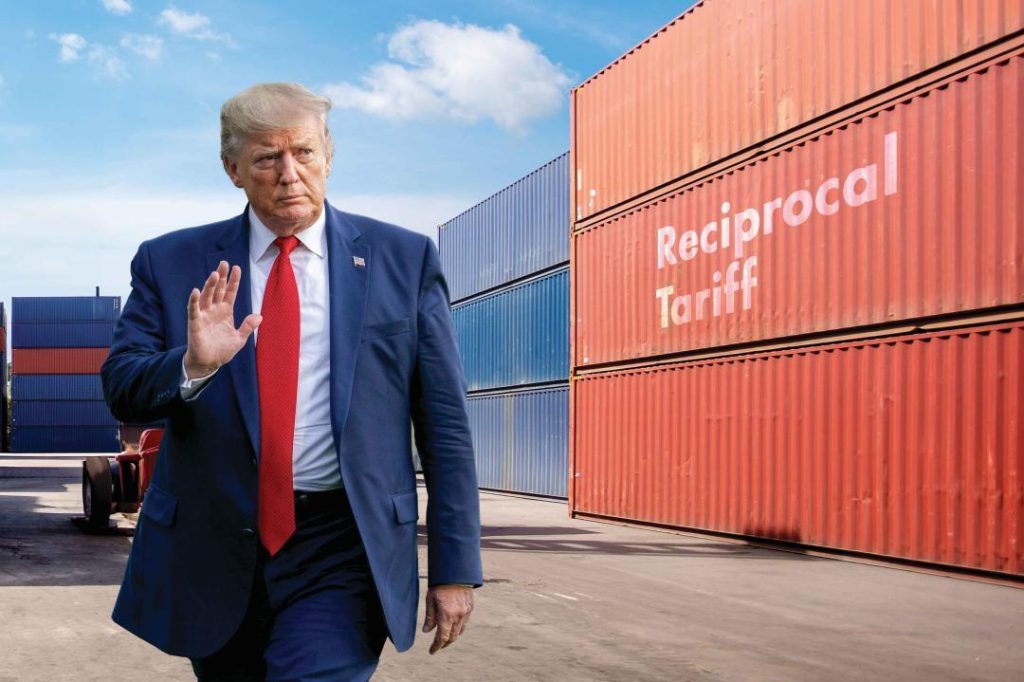
The Great Tariff War: Disruption, Diplomacy, and the Future of Trade
The ongoing trade tensions between the United States and China have taken center stage in the global trade landscape. The latest development in this saga is the announcement of new tariffs by the Trump administration, which has sent shockwaves throughout the international trade community. As the world’s two largest economies engage in a high-stakes game of tariffs, the implications for global trade, commerce, and the future of international relations are far-reaching.
The Great Tariff War: A Brief Overview
The trade tensions between the US and China began in 2018, when the Trump administration imposed tariffs on over $50 billion worth of Chinese goods in response to alleged intellectual property theft. China retaliated with its own set of tariffs, and the cycle of escalation has continued ever since. The latest development is the US announcement of 10% tariffs on an additional $300 billion worth of Chinese goods, effective September 1.
The tariffs are widely seen as a major disruptor to global supply chains, particularly in the technology and manufacturing sectors. Companies are scrambling to adjust to the new reality, reconfiguring their production lines, and searching for alternative suppliers. The impact is being felt across industries, from electronics to automotive, and is causing significant economic uncertainty.
India Emerges as an Alternative
Amidst the chaos, India is emerging as an attractive alternative to China for global businesses. The country’s strategic location, favorable business environment, and growing manufacturing capabilities make it an attractive option for companies looking to diversify their supply chains.
India’s advantages are numerous. Its proximity to major markets, including the Middle East, Europe, and Africa, makes it an ideal location for companies looking to reduce logistics costs and increase their global footprint. Additionally, India’s relatively lower labor costs, flexible regulatory environment, and skilled workforce make it an attractive option for investors.
The Indian government has taken steps to capitalize on this opportunity, launching initiatives such as the Make in India program, which aims to increase foreign investment and promote domestic manufacturing. The government has also implemented policies to improve the country’s Ease of Doing Business rankings, making it easier for foreign companies to set up shop.
India’s Growing Manufacturing Sector
India’s manufacturing sector has been growing rapidly in recent years, driven by investment from global companies such as Apple, Amazon, and Samsung. The sector is expected to continue its upward trajectory, driven by government support, infrastructure development, and a growing skilled workforce.
India’s automotive sector is a prime example of this growth. The country is home to several major automotive manufacturing facilities, including those operated by Ford, General Motors, and Honda. The sector is expected to continue its growth, driven by increasing demand for cars and motorcycles in India and the country’s strategic location for exports to neighboring countries.
India’s Logistics Sector
India’s logistics sector is another area that is expected to benefit from the tariff war. The country’s logistics infrastructure has been expanding rapidly, driven by government investment and private sector growth. The sector is expected to continue its growth, driven by increasing demand for e-commerce and the need for efficient and reliable logistics services.
The Indian government has launched initiatives such as the National Logistics Policy, which aims to improve the efficiency and effectiveness of the country’s logistics sector. The policy includes measures such as the development of logistics parks, improvement of transportation infrastructure, and the creation of a single-window clearance system for logistics operators.
The Future of Trade
The tariff war between the US and China is a major disruptor to global trade, and its impact will be felt for years to come. While the short-term impact is likely to be significant, the long-term implications are less clear.
One possible outcome is that the tariff war will lead to a shift in global supply chains, with companies reconfiguring their production lines to reduce their reliance on China. This could lead to a resurgence in manufacturing in countries such as India, Vietnam, and Mexico.
Another possible outcome is that the tariff war will lead to a more balanced and sustainable global trade system, as countries work together to address issues such as intellectual property theft and forced technology transfer.
In conclusion, the Great Tariff War is a major disruptor to global trade, and its impact will be felt for years to come. While the short-term impact is likely to be significant, the long-term implications are less clear. India’s emergence as an alternative to China is a positive development, and the country’s growing manufacturing and logistics sectors are likely to benefit from the shift in global supply chains.
As the world’s two largest economies engage in a high-stakes game of tariffs, the implications for global trade, commerce, and the future of international relations are far-reaching. One thing is certain, however – the Great Tariff War is a major turning point in the history of global trade, and its impact will be felt for years to come.
Source: https://www.logisticsoutlook.com/supply-chain/the-great-trump-tariff-war






